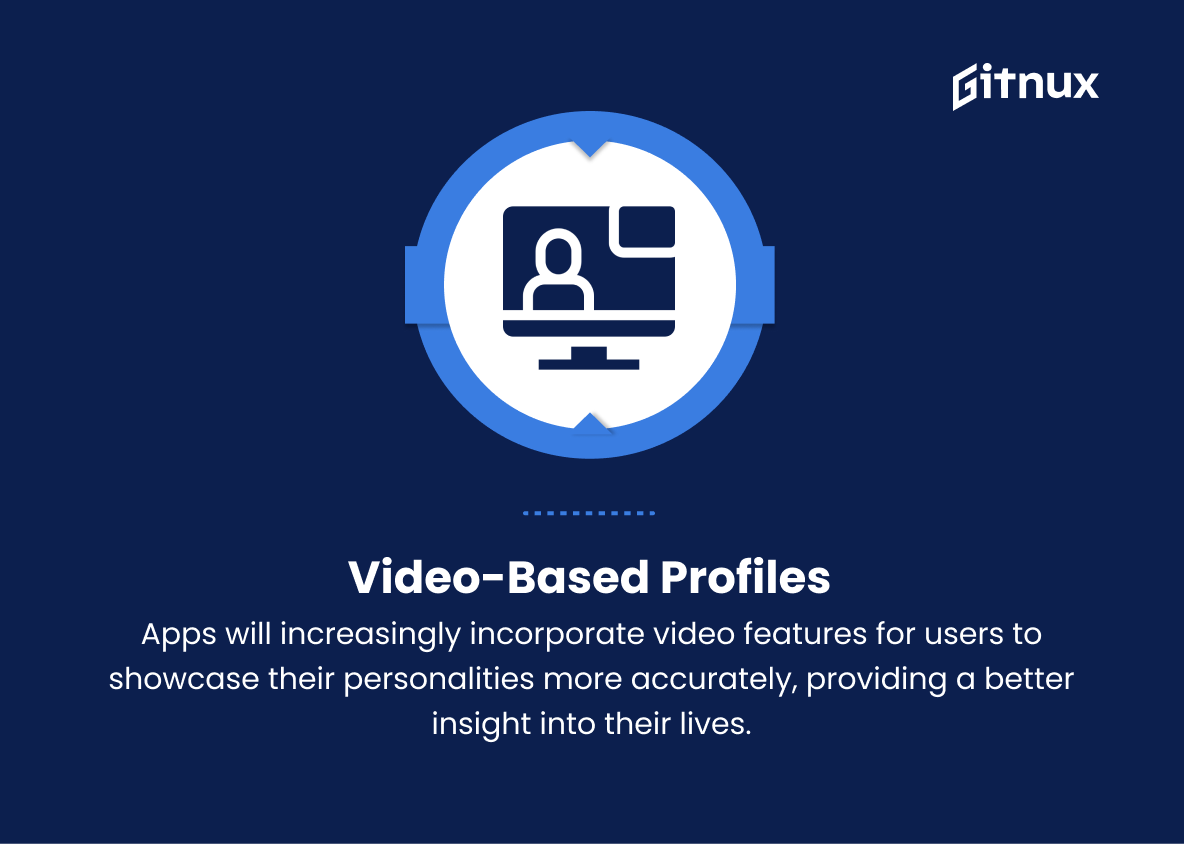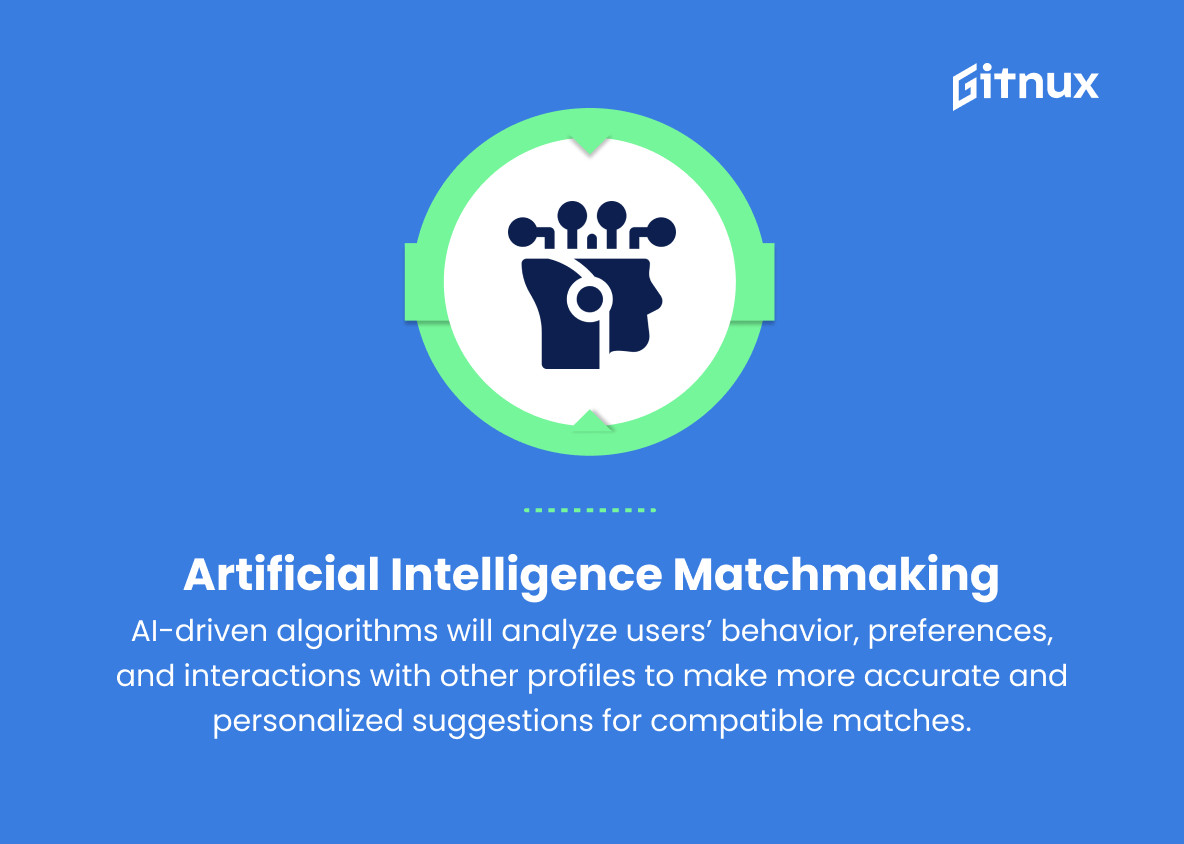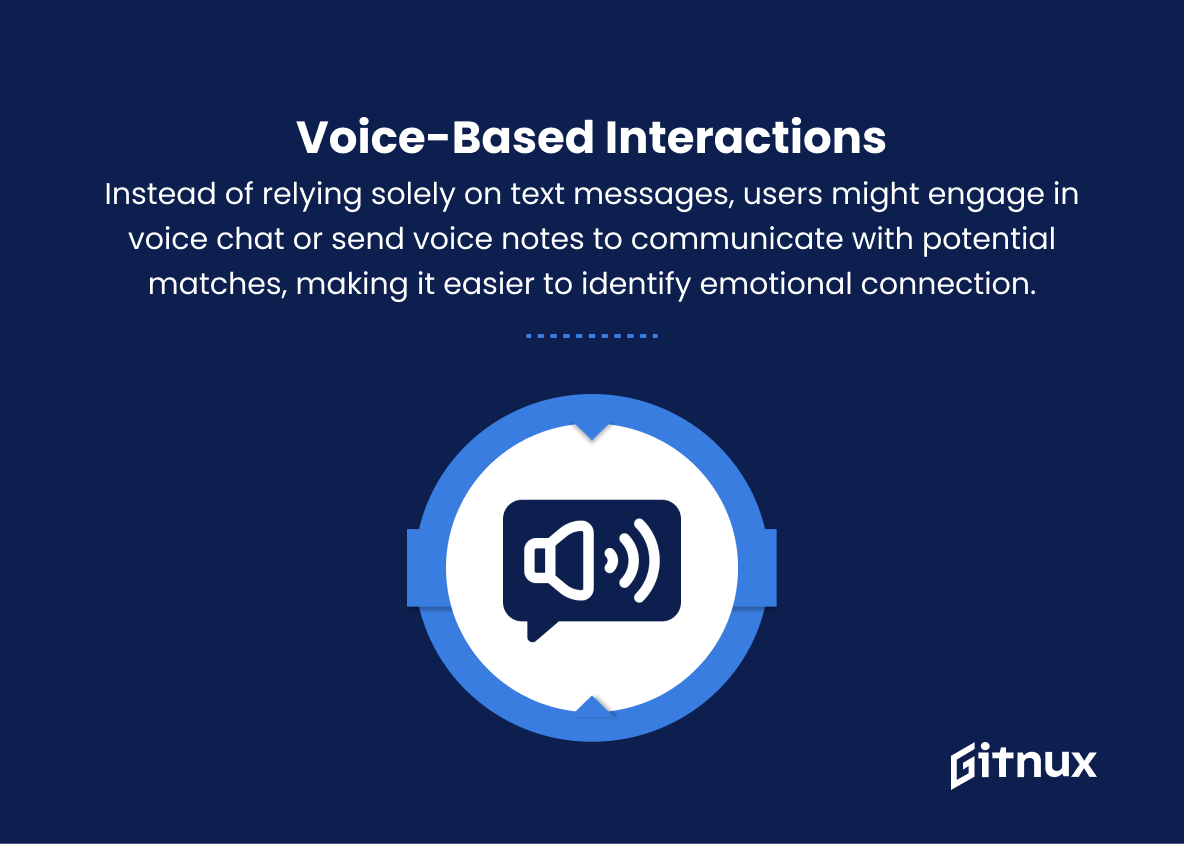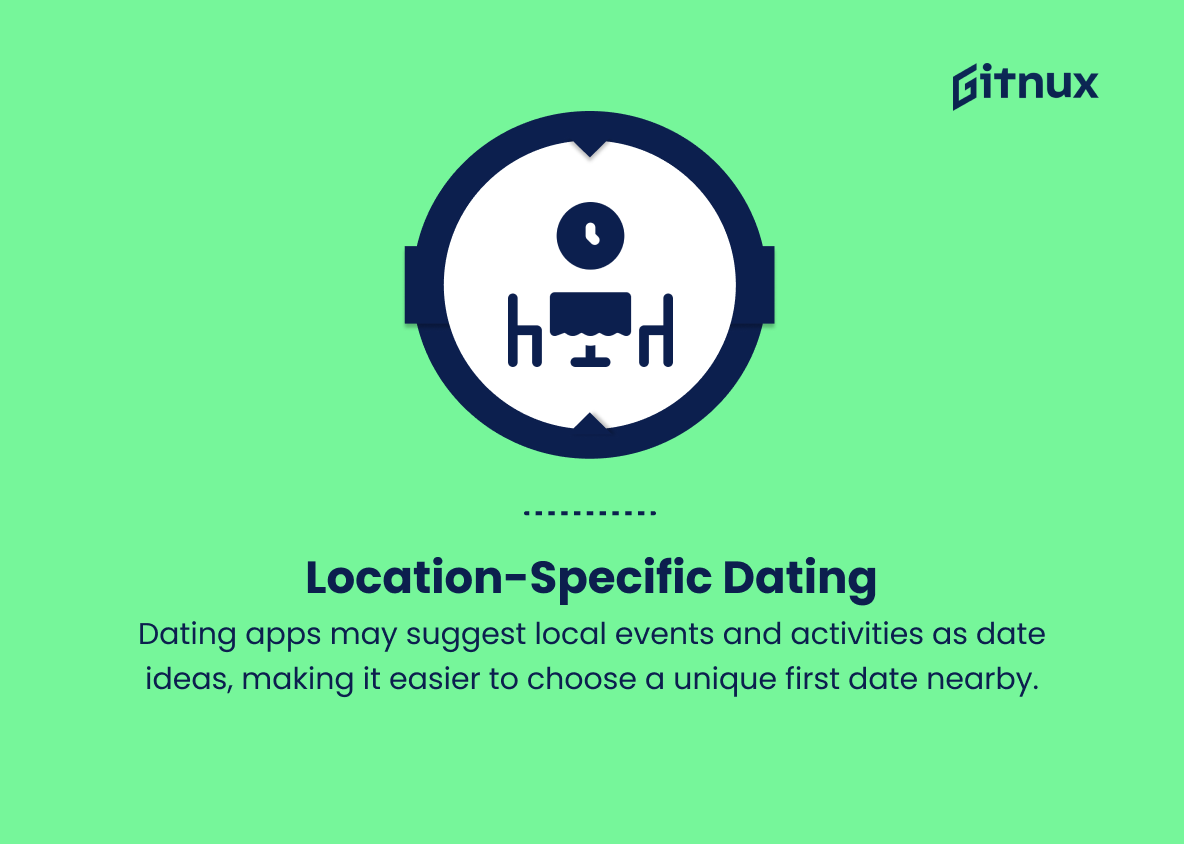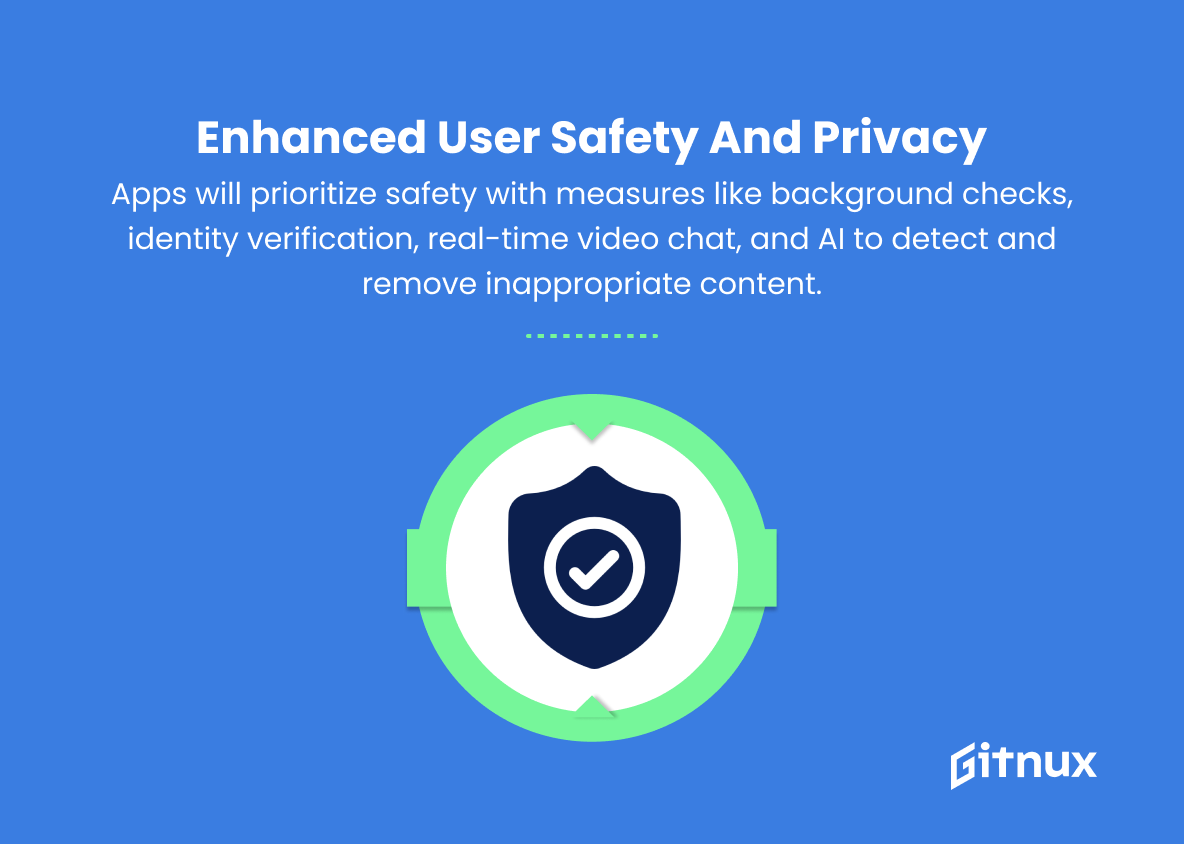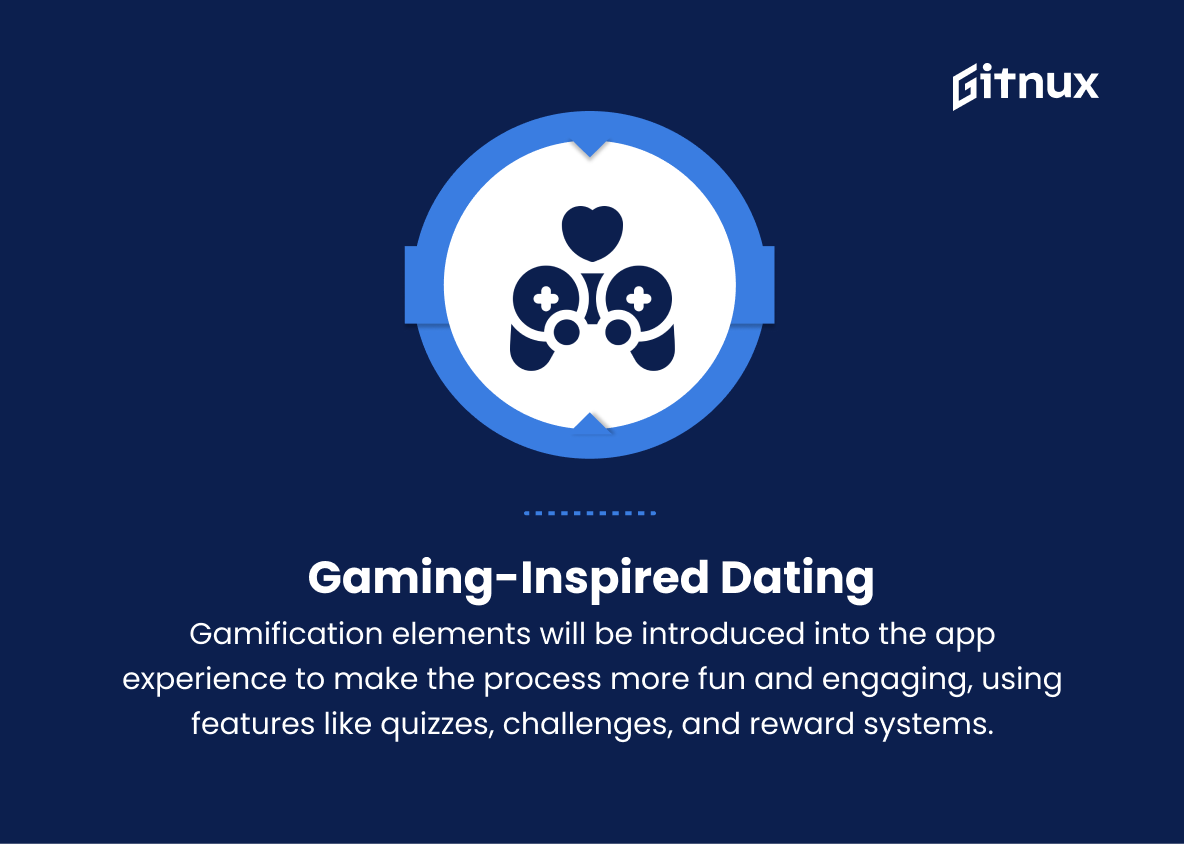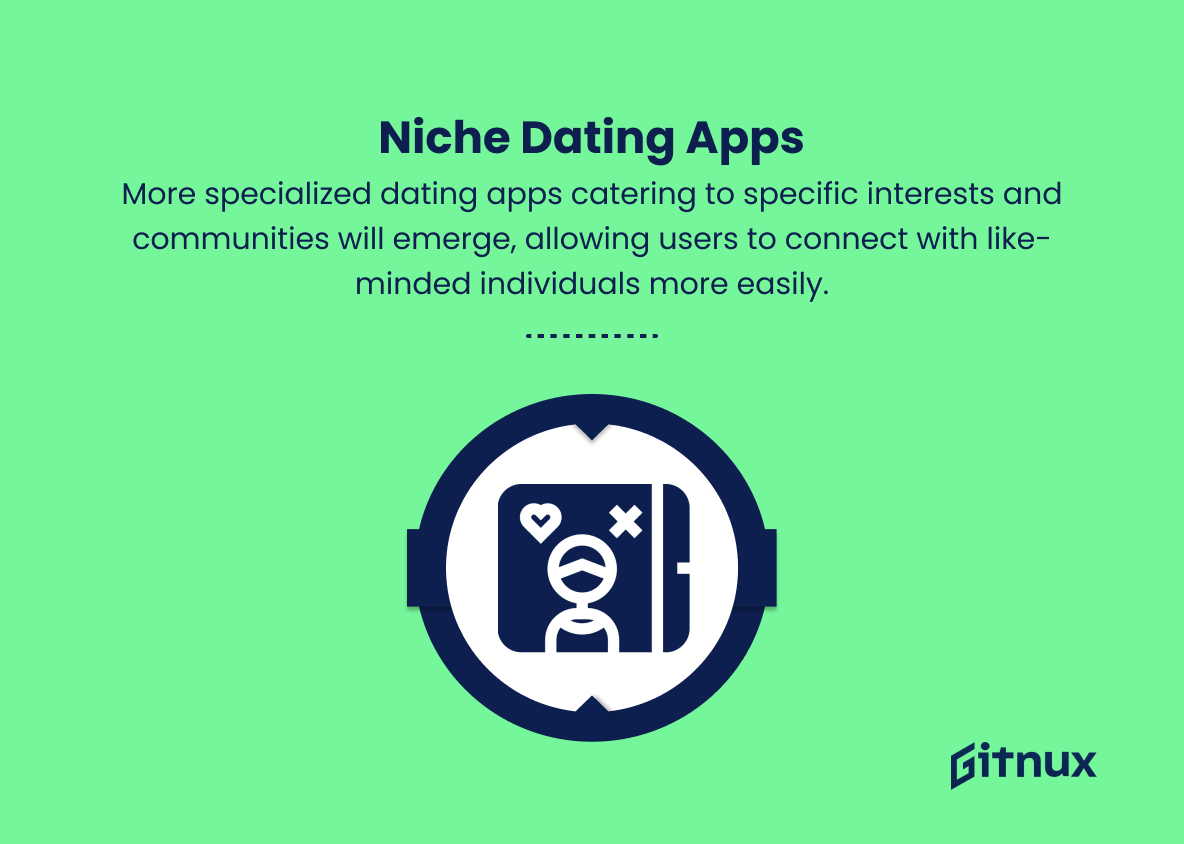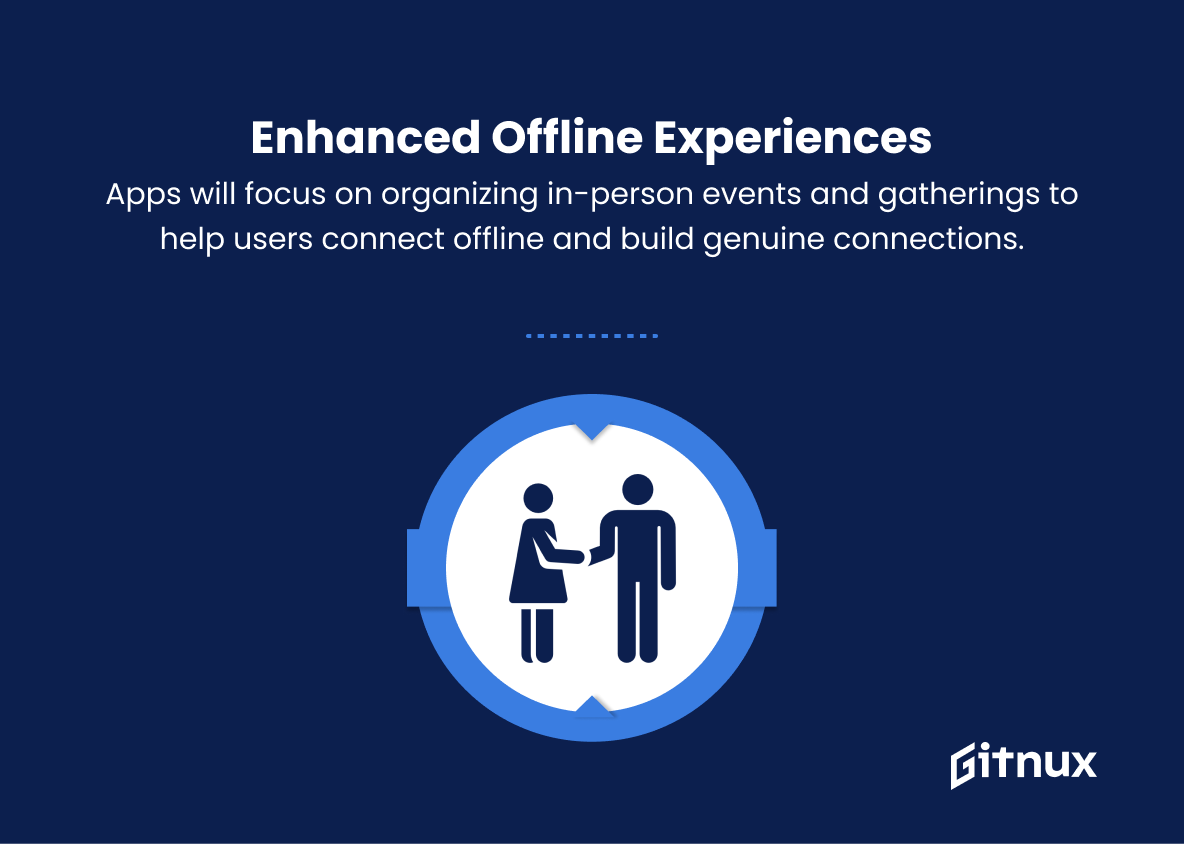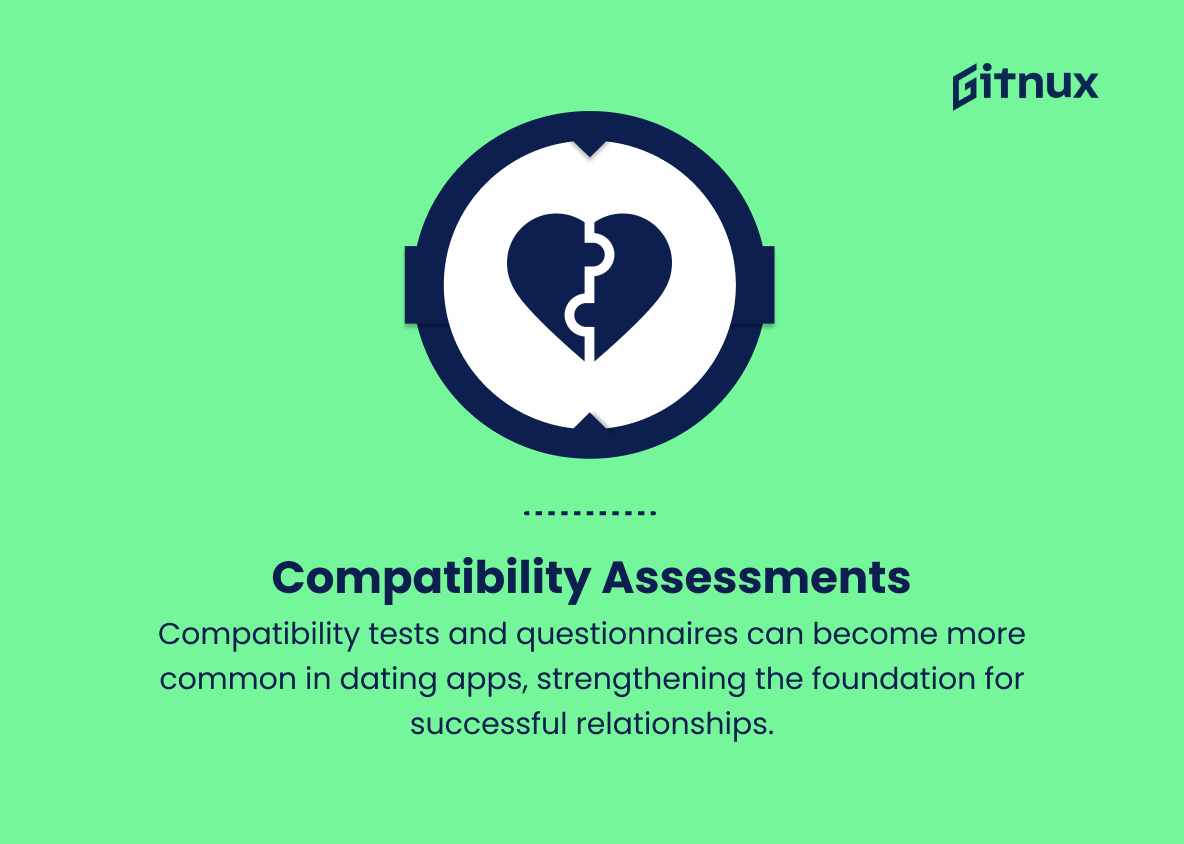In today’s fast-paced digital age, romantic connections have shifted from the confines of traditional social settings to the constantly evolving landscape of online platforms. One of the most popular ways people are forging new relationships is through the use of dating apps. In this insightful blog post, we will delve deep into the latest dating app trends that have emerged to cater to the diverse needs and preferences of individuals seeking love and companionship. From innovative features and inclusive designs to navigating the impact of a global pandemic on dating culture, join us as we explore the complex world of the dating app phenomenon and what it means for modern relationships.
Top Dating App Trends
1. Video-based profiles
Apps will increasingly incorporate video features for users to showcase their personalities more accurately, providing a better insight into their lives.
2. Virtual reality dating
VR technology will enhance the dating app experience by allowing users to go on virtual dates in interactive 3D environments before meeting in person.
3. Artificial intelligence matchmaking
AI-driven algorithms will analyze users’ behavior, preferences, and interactions with other profiles to make more accurate and personalized suggestions for compatible matches.
4. Voice-based interactions
Instead of relying solely on text messages, users might engage in voice chat or send voice notes to communicate with potential matches, making it easier to identify emotional connection.
5. Location-specific dating
Dating apps may incorporate local events and activities as potential date ideas, highlighting places and experiences in users’ proximity to ease the process of choosing a unique and fun first date.
6. Enhanced user safety and privacy
Apps will focus on incorporating stronger safety measures like background checks, identity verification, real-time video chat, and artificial intelligence to detect and remove inappropriate content.
7. Gaming-inspired dating
Gamification elements will be introduced into the app experience to make the process more fun and engaging, using features like quizzes, challenges, and reward systems.
8. Niche dating apps
More specialized dating apps catering to specific interests and communities will emerge, allowing users to connect with like-minded individuals more easily.
9. Group dating
Users will be able to use dating apps to find and meet other groups for socializing and mingling, breaking the ice and making the experience less intimidating.
10. Enhanced offline experiences
Apps will focus on organizing in-person events and gatherings to help users connect offline and build genuine connections.
11. Compatibility assessments
Psychometric tests and questionnaires designed to measure users’ compatibility with potential matches can become increasingly common, building stronger bases for successful relationships.
12. Incentivized referrals
To expand user bases, apps may introduce reward systems for users who invite their friends to join, resulting in a more personalized and trustworthy dating pool.
13. Bio-metric authentication
Dating apps may adopt bio-metric password protection measures like facial recognition or fingerprint scanning technology to add an extra layer of security for users.
14. Augmented reality integration
AR technology can be used to display mutual interests or conversation starters between users, creating more engaging and immersive ways to connect with potential matches.
15. Social media integration
Merging aspects of social media platforms into dating apps will make it easier for users to share their interests, experiences, and personality with potential matches in a seamless manner.
Implications
The future of dating apps will be characterized by an increased use of technology to create a more immersive and personalized experience for users. Video-based profiles will provide better insight into users’ personalities and lives, while virtual reality technology will enable virtual dates in interactive 3D environments. Artificial intelligence will improve matchmaking by analyzing user behavior, and voice-based interactions will facilitate stronger emotional connections. Location-specific dating and integration of local events will help users find unique date ideas, and enhanced safety measures will ensure a secure user experience.
Gamification, niche-specific dating apps, and group dating will cater to various interests and improve the overall experience, while offline events will strengthen real-life connections. Compatibility assessments will provide a better foundation for successful relationships, and incentivized referrals will create a more personalized and trustworthy pool of potential matches. Biometric authentication, augmented reality integration, and social media integration will lead to a more secure, engaging, and seamless way for users to connect with potential partners.
Conclusion
In summary, the ever-evolving world of dating app trends reflects society’s shifting values and the undeniable impact of technology on our lives. As we continue to navigate through this digital landscape, it is crucial to embrace the positive aspects these platforms have brought to the dating scene while keeping an open mind about potential drawbacks.
By acknowledging the role of these trends in shaping our dating experiences, we can make better decisions and collectively push this fascinating industry toward more inclusive, user-friendly, and meaningful connections. Ultimately, dating apps will continue to adapt and innovate, and it is up to us as responsible users to make the most of the opportunities they present us with, as we search for that special someone in the vast digital realm.
